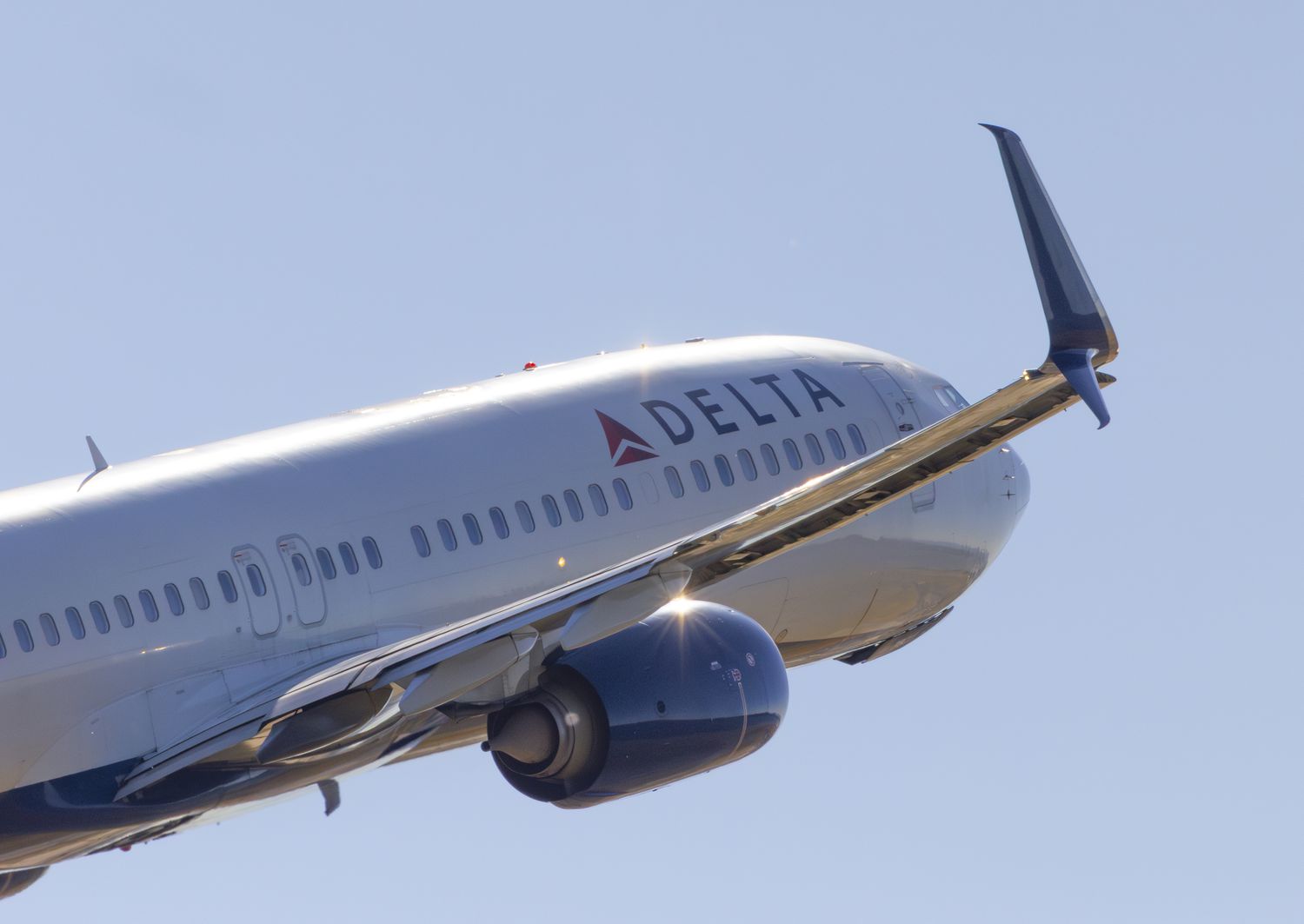
Ever wondered how airlines keep their flights running smoothly? Airline operational metrics are the secret sauce behind the scenes. These metrics help airlines track everything from on-time performance to baggage handling. Why should you care? Because understanding these metrics can make your travel experience better. Imagine knowing which airline has the best on-time record or the fewest lost bags. Curious yet? Buckle up as we dive into 20 fascinating facts about airline operational metrics. From fuel efficiency to customer satisfaction, these insights will give you a new appreciation for the complexities of air travel. Ready for takeoff? Let's get started!
Key Takeaways:
- Airlines use operational metrics to measure performance and efficiency, like on-time arrivals and load factor, to keep customers happy and planes running smoothly.
- Safety, customer satisfaction, and financial health are all tracked by airlines using different metrics to ensure a smooth and successful operation.
Understanding Airline Operational Metrics
Airline operational metrics are crucial for understanding how airlines function and perform. These metrics help airlines improve efficiency, safety, and customer satisfaction. Here are some fascinating facts about these metrics.
-
On-Time Performance (OTP): OTP measures the percentage of flights that arrive or depart within 15 minutes of their scheduled time. Airlines strive for high OTP to maintain customer satisfaction and operational efficiency.
-
Load Factor: This metric indicates the percentage of available seating capacity that is filled with passengers. A higher load factor means more revenue for the airline, as more seats are sold.
-
Revenue Passenger Miles (RPM): RPM calculates the total number of miles traveled by paying passengers. It helps airlines gauge demand and profitability.
-
Available Seat Miles (ASM): ASM measures the total number of seat miles available for sale. It helps airlines plan capacity and manage resources effectively.
-
Cost per Available Seat Mile (CASM): CASM is a key metric that shows the cost to operate each seat mile. Lower CASM indicates better cost efficiency for the airline.
Safety and Maintenance Metrics
Safety and maintenance are paramount in the airline industry. These metrics ensure that airlines operate safely and efficiently.
-
Aircraft Utilization: This metric measures the average number of hours an aircraft is in use per day. Higher utilization means better asset use and revenue generation.
-
Maintenance Cost per Flight Hour: This metric tracks the cost of maintaining an aircraft for each hour it flies. Lower costs indicate more efficient maintenance practices.
-
Technical Dispatch Reliability: This measures the percentage of flights that depart without any technical issues. High reliability is crucial for maintaining schedules and customer trust.
-
Incident Rate: This metric tracks the number of safety incidents per 1,000 flight hours. Lower incident rates indicate better safety practices and fewer disruptions.
-
Average Age of Fleet: The average age of an airline's fleet can impact maintenance costs and reliability. Newer fleets tend to be more efficient and require less maintenance.
Customer Satisfaction Metrics
Customer satisfaction is vital for airlines to retain passengers and build loyalty. These metrics help airlines understand and improve the passenger experience.
-
Net Promoter Score (NPS): NPS measures customer loyalty by asking passengers how likely they are to recommend the airline to others. Higher scores indicate better customer satisfaction.
-
Customer Complaint Rate: This metric tracks the number of complaints per 1,000 passengers. Lower complaint rates suggest better service and happier customers.
-
Baggage Handling Performance: This measures the percentage of bags that are mishandled or lost. Better performance in this area leads to higher customer satisfaction.
-
In-Flight Entertainment Satisfaction: This metric gauges how satisfied passengers are with the in-flight entertainment options. High satisfaction can enhance the overall travel experience.
-
Seat Comfort Rating: This measures passenger satisfaction with the comfort of their seats. Comfortable seating is a key factor in overall customer satisfaction.
Financial and Operational Efficiency Metrics
Financial health and operational efficiency are critical for an airline's success. These metrics provide insights into an airline's financial performance and operational effectiveness.
-
Operating Margin: This metric shows the percentage of revenue that remains after covering operating expenses. Higher margins indicate better financial health.
-
Yield per Passenger Mile: Yield measures the average fare paid by passengers per mile flown. Higher yields indicate better revenue management.
-
Fuel Efficiency: This metric tracks the amount of fuel used per mile flown. Better fuel efficiency reduces costs and environmental impact.
-
Employee Productivity: This measures the revenue generated per employee. Higher productivity indicates better use of human resources.
-
Break-Even Load Factor: This metric shows the load factor needed for an airline to cover its costs. Lower break-even points indicate better financial efficiency.
Final Takeaways on Airline Operational Metrics
Understanding airline operational metrics can make your travel experience smoother. Metrics like on-time performance, load factor, and customer satisfaction offer insights into an airline's efficiency. Knowing these can help you choose flights that are more likely to be punctual and comfortable. On-time performance tells you how often flights depart and arrive as scheduled. Load factor shows how full flights typically are, which can impact your comfort. Customer satisfaction ratings give a sense of overall passenger experience.
By keeping an eye on these metrics, you can make more informed decisions about which airlines to fly with. This knowledge can save you time, reduce stress, and enhance your overall travel experience. So next time you book a flight, check out these metrics to ensure a better journey. Happy flying!
Frequently Asked Questions
Was this page helpful?
Our commitment to delivering trustworthy and engaging content is at the heart of what we do. Each fact on our site is contributed by real users like you, bringing a wealth of diverse insights and information. To ensure the highest standards of accuracy and reliability, our dedicated editors meticulously review each submission. This process guarantees that the facts we share are not only fascinating but also credible. Trust in our commitment to quality and authenticity as you explore and learn with us.


